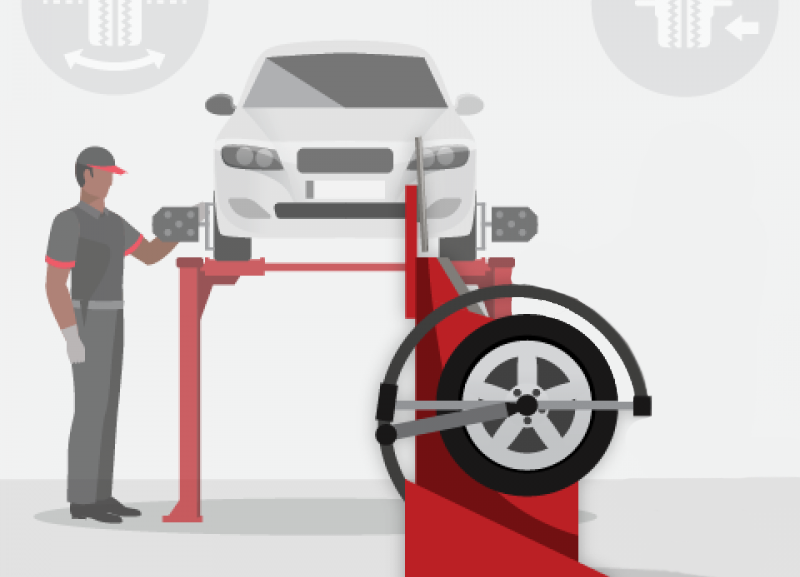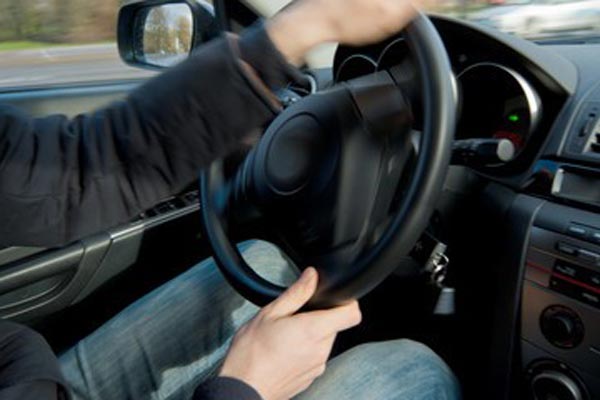Car alignment, also known as wheel alignment, refers to adjusting a vehicle’s suspension – the system that connects the car to its wheels. It’s not an adjustment of the tires or wheels themselves but of the angles of the tires which affect how they make contact with the road. A proper car alignment ensures your tires wear evenly, your car drives straight, and you have a safer, smoother driving experience.
Whether you’re driving a brand-new Kia EV5 FWD or a reliable Kia Sportage HEV, alignment plays a crucial role in your vehicle’s performance.
Car Alignment Meaning
In simple terms, car alignment means making sure the wheels are set to the optimum position as per the manufacturer’s specifications. These adjustments involve camber (tilt), caster (steering angle), and toe (direction of tires). If any of these are off, it can result in several alignment issues in your car.
Common Car Alignment Symptoms
Recognizing the signs of a car needing alignment is essential to prevent further damage. Here are common car alignment symptoms to watch out for:
-
Uneven or rapid tire wear
-
The steering wheel is off-center when driving straight
-
The vehicle pulls to one side
-
Loose or vibrating steering
-
Poor handling or instability on turns
If you’re experiencing any of these issues while driving your Kia Sportage Alpha or Kia Carnival Executive, it’s time to consider a wheel alignment check.
Wheel Alignment Problems Causes
Several factors can lead to wheel alignment problems. The most common causes include:
-
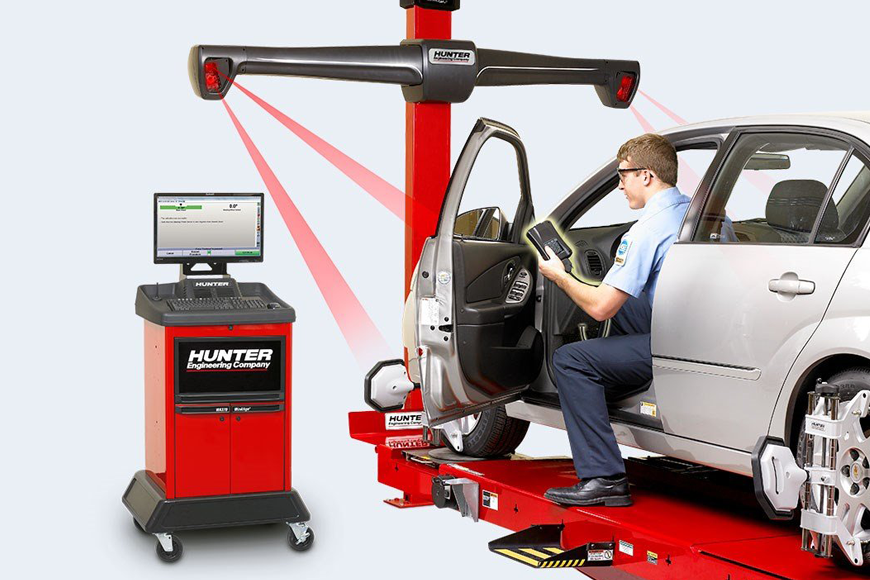 Hitting potholes or curbs
Hitting potholes or curbs -
Accidents or minor collisions
-
Suspension wear and tear
-
Modifications to your vehicle’s height
-
Off-road driving
Even everyday city driving in a Kia Stonic EX Plus can eventually affect alignment.
Wheel Alignment Symptoms Vibration
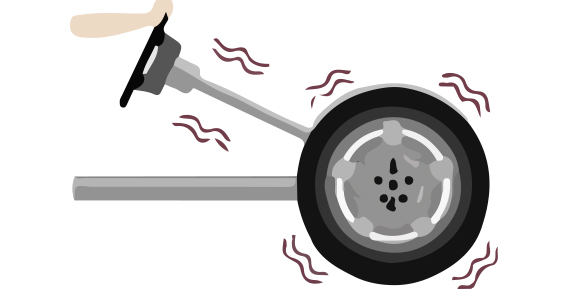 One of the noticeable wheel alignment symptoms is vibration in the steering wheel, especially at higher speeds. While vibration can also indicate wheel balancing issues, persistent vibration during normal driving can be a strong indicator of misalignment. If you’re unsure whether it’s alignment or balance, refer to the next section.
One of the noticeable wheel alignment symptoms is vibration in the steering wheel, especially at higher speeds. While vibration can also indicate wheel balancing issues, persistent vibration during normal driving can be a strong indicator of misalignment. If you’re unsure whether it’s alignment or balance, refer to the next section.
How Do I Know if I Need an Alignment or Balance?
-
Alignment: The car pulls to one side, the steering feels off, and the tires show uneven wear.
-
Balance: You experience vibration at specific speeds, typically in the steering wheel or seat.
If you’re uncertain, it’s best to book an expert service. Use this Online Service Appointment Form for professional diagnostics.
Driving with Bad Alignment: What Happens?
Driving with bad alignment is risky. It can:
-
Shorten your tire lifespan
-
Reduce fuel efficiency
-
Increase strain on suspension parts
-
Lead to dangerous driving conditions
Whether you’re driving the efficient Kia Sportage FWD or the luxurious Kia Sportage L, maintaining correct alignment is crucial.
Signs of a Car Needing Alignment
-
The car drifts or pulls without steering input
-
Unusual tire wear patterns
-
Steering feels loose or unstable
-
Noisy tires or steering when turning
If you notice these signs, consider a routine alignment check, especially after any suspension work or wheel replacements.
How Often Should You Get a Car Alignment?
It’s generally recommended every 10,000 to 12,000 kilometers, or once a year. However, if your driving involves rough roads or you’ve recently installed new tires, you should check it sooner.
For maintenance and protection services, explore Undercoating Car Protection and 3M Glass Coating Protection.
Car Alignment and Tire Lifespan
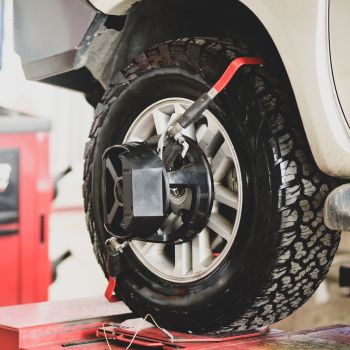 Incorrect alignment is one of the leading causes of premature tire wear. It impacts the way your tires contact the road, causing uneven pressure that shortens their lifespan and reduces safety. Save money on frequent tire replacements by keeping your alignment in check.
Incorrect alignment is one of the leading causes of premature tire wear. It impacts the way your tires contact the road, causing uneven pressure that shortens their lifespan and reduces safety. Save money on frequent tire replacements by keeping your alignment in check.
Also, check out Kia’s latest price list to stay updated with the best vehicle and accessory deals.
Get Professional Help
Don’t ignore the early symptoms. Schedule your vehicle for an inspection through the Online Inquiry Form. Whether you own a Sportage, EV5, or Carnival, Kia Motors Port Qasim provides expert care to keep your vehicle performing at its best.
Frequently Asked Questions (FAQs)
What are common car alignment symptoms?
Uneven tire wear, pulling to one side, vibration in the steering, and an off-center steering wheel are common signs.
What causes alignment issues in a car?
Hitting potholes, curbs, road accidents, worn suspension components, or off-road driving can cause misalignment.
What does car alignment mean?
It means adjusting the angles of your vehicle’s wheels so they are in line with manufacturer specifications.
Can wheel alignment cause vibration?
Yes, misalignment can cause vibrations, especially in the steering wheel. However, wheel balancing should also be checked.
How do I know if I need an alignment or balance?
Alignment issues cause pulling and uneven wear, while imbalance leads to vibrations at certain speeds.
Is driving with bad alignment dangerous?
Yes. It can lead to poor handling, reduced fuel economy, and faster tire wear, increasing the risk of accidents.
What are signs a car needs alignment?
Drifting, steering wheel misalignment, irregular tire wear, and shaky handling are all signs.
How often should I get my car aligned?
Once a year or every 10,000-12,000 km, or after suspension work or hitting potholes.
Will alignment fix uneven tire wear?
Yes, proper alignment can prevent further uneven wear, but worn tires may need replacement.
Does alignment improve fuel efficiency?
Yes. Misaligned wheels create drag, which increases fuel consumption.
If you found this helpful, check out the latest models like the Kia EV5 FWD or the reliable Kia Sportage HEV for a smoother ride with precise handling.

